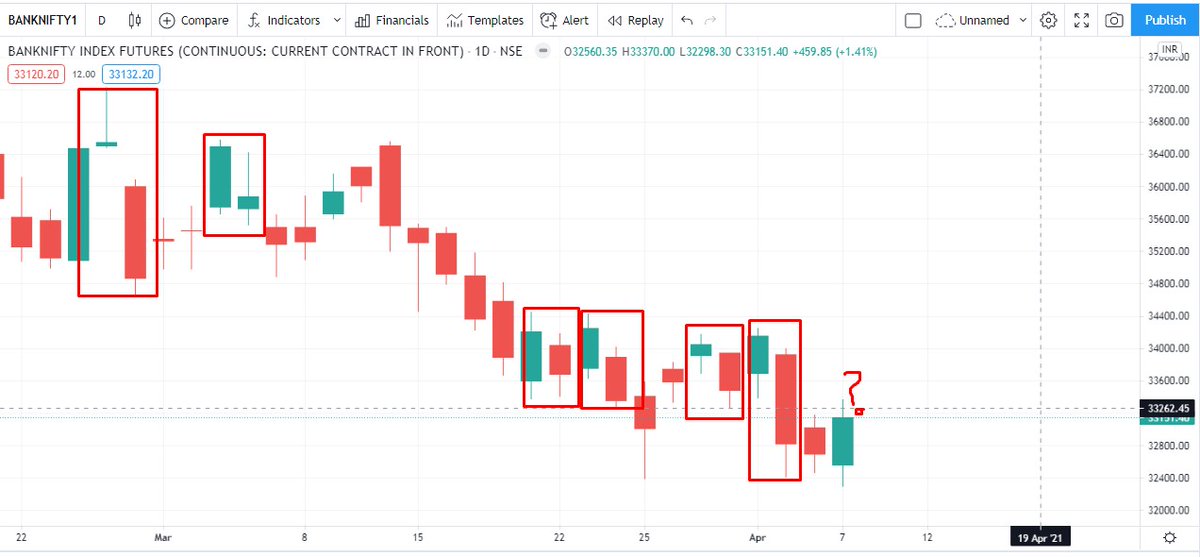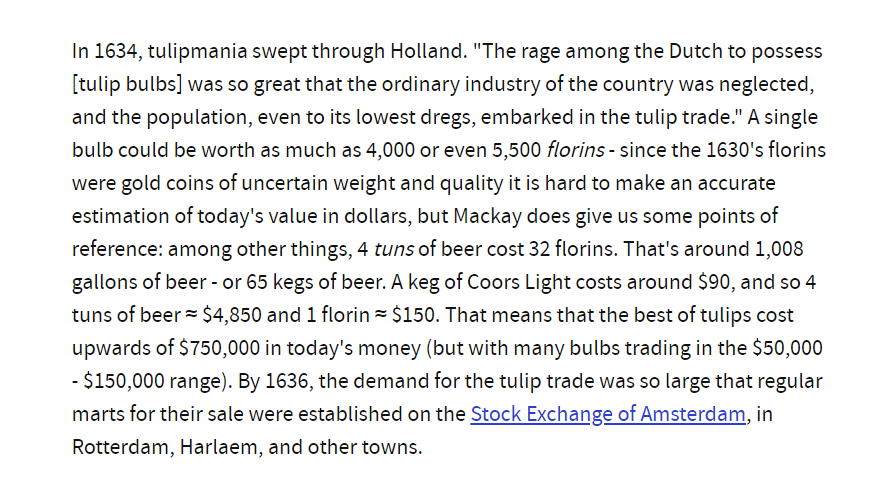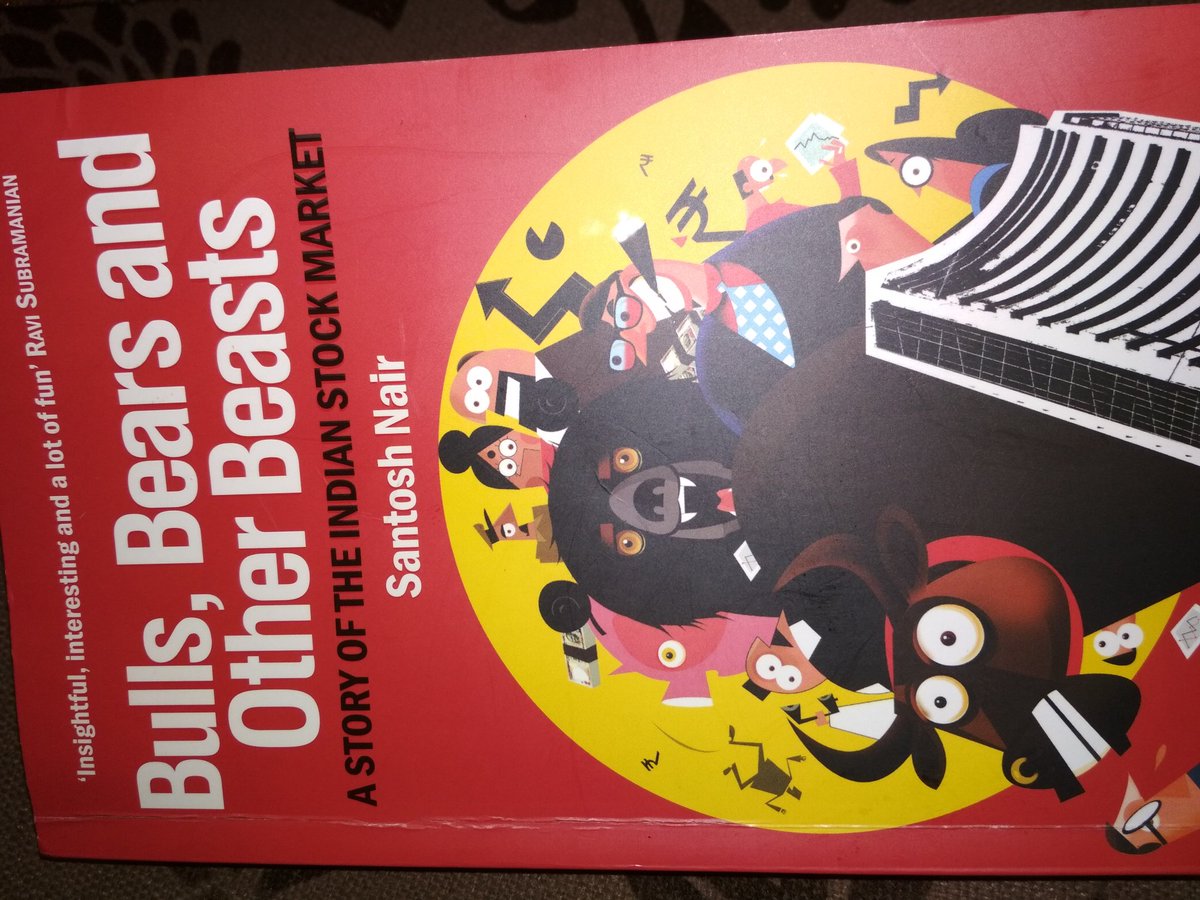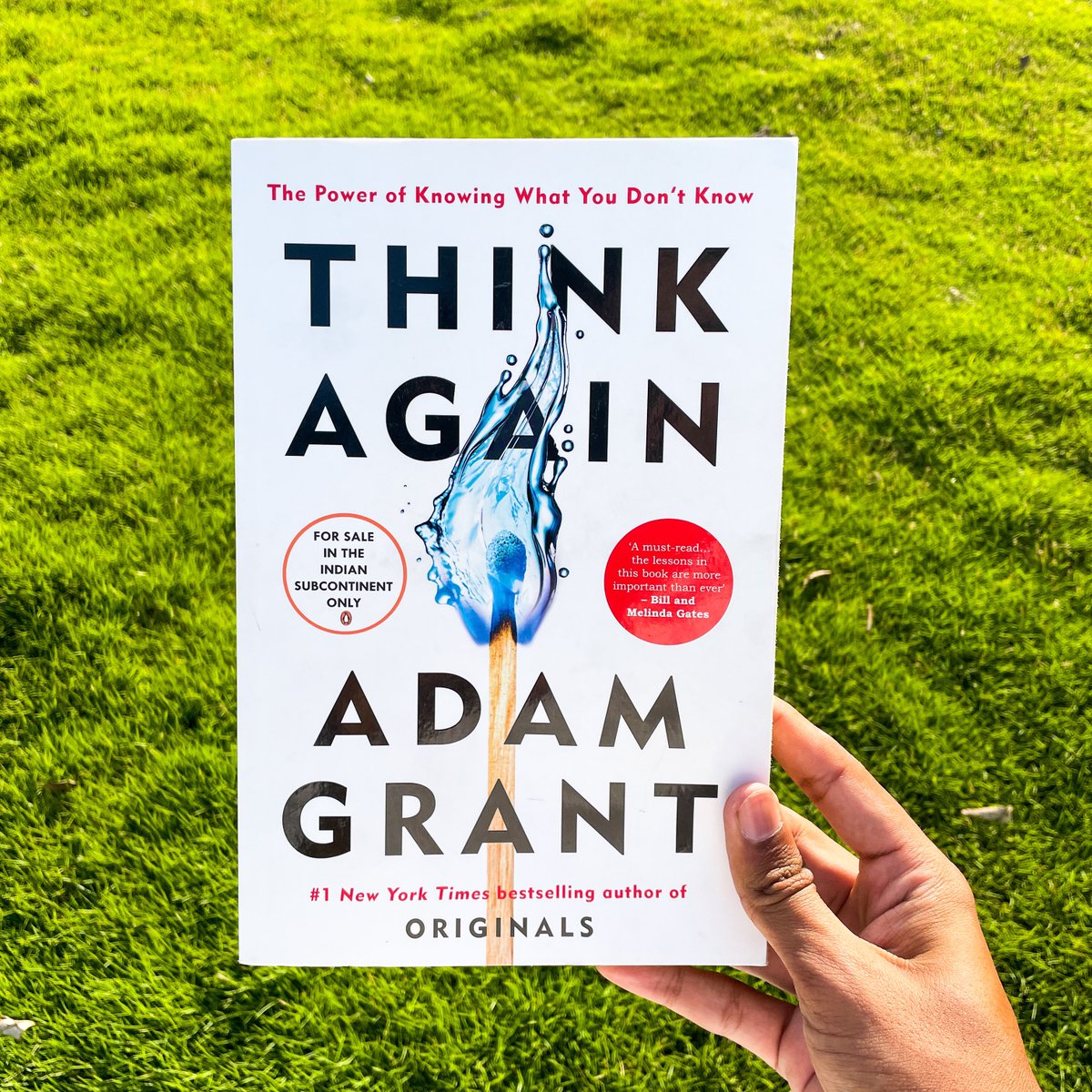In technical analysis, majority of the patterns were first observed visually and then the rules made. Observing this interesting phenomenon on BNF over the past one month.
Any strong up day on BNF is immediately followed by a gap down open from the previous closing

Technical analysis of stock trends by Edwards and Magee
https://t.co/O8yWYpWC2W
More from Subhadip Nandy
IV - A thread
In financial mathematics, implied volatility of an option contract is
that value of the volatility of the underlying instrument which, when
input in an option pricing model ) will return a theoretical value equal to the current market price of the option (1/n)
Implied volatility, a forward-looking and subjective measure, differs
from historical volatility because the latter is calculated from known
past returns of a security. .
https://t.co/iC5wVf7kvj (2/n)
To understand where Implied Volatility stands in terms of the underlying, implied volatility rank is used to understand its implied volatility from a one year high and low IV.
https://t.co/NFPOidRRcH
https://t.co/qNqinEqaKY
(3/n)
Options traders are always looking at the IV and IVR/IVP. For option
buyers, a low IV environment is best to initiate positions as the
subsequent rise in IV actually helps their positions . Even if the IV
remains flat, the position is not hurt by volatility (4/n)
Option sellers on the other hand are looking for high IV scenarios, where
the subsequent fall in IV ( known a vol crush , most often seen after
earnings/events) helps their positions. Here also, if the IV does not
rise, it does not hurt a seller's positions (5/n)
In financial mathematics, implied volatility of an option contract is
that value of the volatility of the underlying instrument which, when
input in an option pricing model ) will return a theoretical value equal to the current market price of the option (1/n)
Implied volatility, a forward-looking and subjective measure, differs
from historical volatility because the latter is calculated from known
past returns of a security. .
https://t.co/iC5wVf7kvj (2/n)
To understand where Implied Volatility stands in terms of the underlying, implied volatility rank is used to understand its implied volatility from a one year high and low IV.
https://t.co/NFPOidRRcH
https://t.co/qNqinEqaKY
(3/n)
Options traders are always looking at the IV and IVR/IVP. For option
buyers, a low IV environment is best to initiate positions as the
subsequent rise in IV actually helps their positions . Even if the IV
remains flat, the position is not hurt by volatility (4/n)
Option sellers on the other hand are looking for high IV scenarios, where
the subsequent fall in IV ( known a vol crush , most often seen after
earnings/events) helps their positions. Here also, if the IV does not
rise, it does not hurt a seller's positions (5/n)
Study this thread and then check the VIX charts and Nifty charts from 1st Oct 2018. There is a reason I am retweeting this now :)
1. IV > HV
— Subhadip Nandy (@SubhadipNandy16) October 5, 2018
2. High IVR
3. Sell strangles 2SD away
This is the crux of all complicated option selling strategies . Nothing so simple can work across all market conditions .
More from Bookstoread
All the books (50 books) I read this year and a one-line review on them!
A Mega thread!
My last thread for 2021 🧵
#Books #Reading
Let's get started 👇
A few years back, I used to read articles which used to say a CEO read 40 books this year and I always thought how?
It's all about consistently reading a few pages every day!
2020- I read 15-25 pages(not every day) - I read 34 books in 2020
2021- I read 25-35 pages every night before sleeping and 100-150 pages every weekend
Ok, now let’s go through those 50 books 👇
1/n
Shoe Dog by Phil Knight
Nike started off by importing high-quality, low-cost running shoes from Japan
What’s shocking is the number of times the business came to an end but came out stronger every time!
Never Giving up – The one key lesson from the book!{{ img:6c137d }}

2/n
Ankur Warikoo's 6 Ebooks
Failure Resume
Mistakes I made with my money
mistakes I made in my 30s
Leadership
Time Management
Mistakes I made in my 20s
Read here - https://t.co/utSzYtS3CV
PS - He is someone I follow very closely, I learn a lot from his content!
@warikoo

Not just the above but his threads, videos, newsletters and podcasts are also amazing!
His new book ‘Do Epic shit’ is out, I would strongly recommend you to order that. I have done that already on Day 1 and I am starting my 2022 with that book 😊
A Mega thread!
My last thread for 2021 🧵
#Books #Reading
Let's get started 👇
A few years back, I used to read articles which used to say a CEO read 40 books this year and I always thought how?
It's all about consistently reading a few pages every day!
2020- I read 15-25 pages(not every day) - I read 34 books in 2020
2021- I read 25-35 pages every night before sleeping and 100-150 pages every weekend
Ok, now let’s go through those 50 books 👇
1/n
Shoe Dog by Phil Knight
Nike started off by importing high-quality, low-cost running shoes from Japan
What’s shocking is the number of times the business came to an end but came out stronger every time!
Never Giving up – The one key lesson from the book!{{ img:6c137d }}

2/n
Ankur Warikoo's 6 Ebooks
Failure Resume
Mistakes I made with my money
mistakes I made in my 30s
Leadership
Time Management
Mistakes I made in my 20s
Read here - https://t.co/utSzYtS3CV
PS - He is someone I follow very closely, I learn a lot from his content!
@warikoo

Not just the above but his threads, videos, newsletters and podcasts are also amazing!
His new book ‘Do Epic shit’ is out, I would strongly recommend you to order that. I have done that already on Day 1 and I am starting my 2022 with that book 😊


















